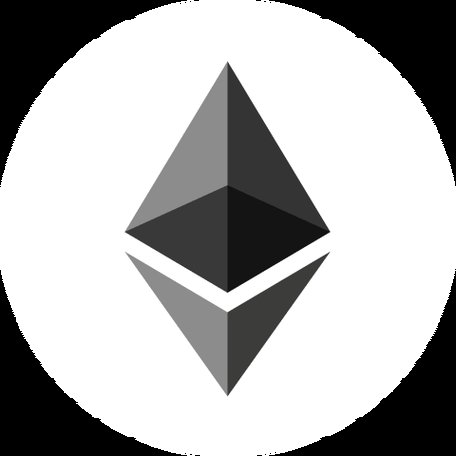Understanding ETH: A Comprehensive Guide
Ethereum, often abbreviated as ETH, is a groundbreaking blockchain platform that has revolutionized the way we think about digital currencies and decentralized applications. As you delve into the world of ETH, it’s crucial to understand its various aspects. Let’s explore the ins and outs of ETH, covering its history, features, use cases, and more.
History and Background
Launched in 2015, Ethereum was conceptualized by Vitalik Buterin, a Russian-Canadian programmer. The platform was designed to address the limitations of Bitcoin, particularly its inability to support smart contracts. Ethereum introduced the concept of a decentralized virtual machine, known as the Ethereum Virtual Machine (EVM), which enables the execution of smart contracts.

Key Features of ETH
1. Smart Contracts: One of the most significant features of ETH is its support for smart contracts. These are self-executing contracts with the terms of the agreement directly written into lines of code. They eliminate the need for intermediaries, making transactions faster, more secure, and cost-effective.
2. Decentralized Applications (DApps): ETH provides a platform for building and deploying decentralized applications. These applications run on the blockchain, ensuring transparency, security, and immutability.
3. Ethereum Virtual Machine (EVM): The EVM is a decentralized computing platform that runs smart contracts. It allows developers to create decentralized applications without worrying about the underlying infrastructure.
4. Gas: Gas is the unit of measure used to quantify the amount of computational effort required to execute a transaction or smart contract on the Ethereum network. Users pay gas fees in ETH to cover the cost of executing these operations.

Use Cases of ETH
1. Payments: ETH can be used as a digital currency for online transactions, making it a convenient payment method for goods and services.
2. Smart Contracts: Developers can create and deploy smart contracts on the Ethereum network, enabling various applications such as decentralized finance (DeFi), supply chain management, and more.
3. DApps: ETH powers decentralized applications, providing a platform for developers to create innovative and secure applications.
4. Investment: Many investors view ETH as a valuable asset, similar to gold, and hold it for long-term growth.
Market and Price Analysis
ETH’s market and price analysis are crucial for understanding its value and potential. Here’s a brief overview:
| Year | Market Cap | Price |
|---|---|---|
| 2015 | $0 | $0.30 |
| 2017 | $100 billion | $1,200 |
| 2018 | $180 billion | $1,400 |
| 2020 | $200 billion | $1,200 |
| 2021 | $1.5 trillion | $4,800 |
Ethereum 2.0 Upgrade
Ethereum 2.0 is a major upgrade to the Ethereum network, aimed at improving scalability, security, and sustainability. The upgrade includes the following key features:
- Proof of Stake (PoS) Consensus Mechanism: This mechanism reduces energy consumption and improves network efficiency.
- Sharding: Sharding divides the network into smaller, more manageable pieces, enabling faster transaction processing and improved scalability.
- Staking: Users can earn rewards by locking their ETH in the network, contributing to its security and decentralization.
Conclusion
Ethereum (ETH) has emerged as a leading blockchain platform, offering a wide range of features and use cases. As you explore the world of ETH, it’s essential to understand its history, features, use cases, and market dynamics. By doing so, you can make informed decisions about your investments and stay ahead of the curve in this rapidly evolving industry.
